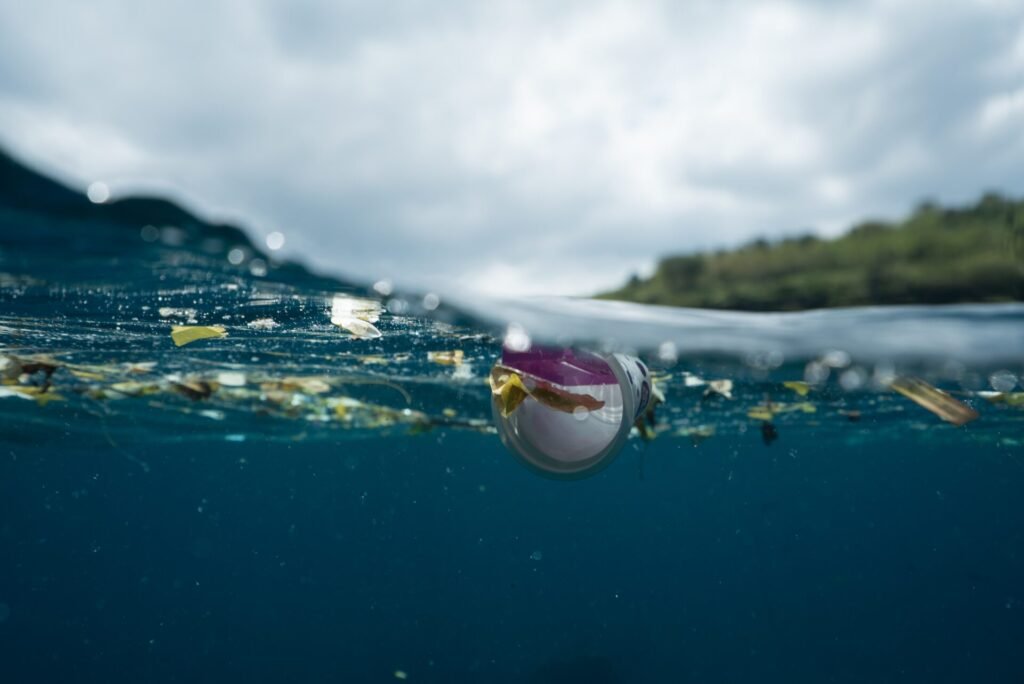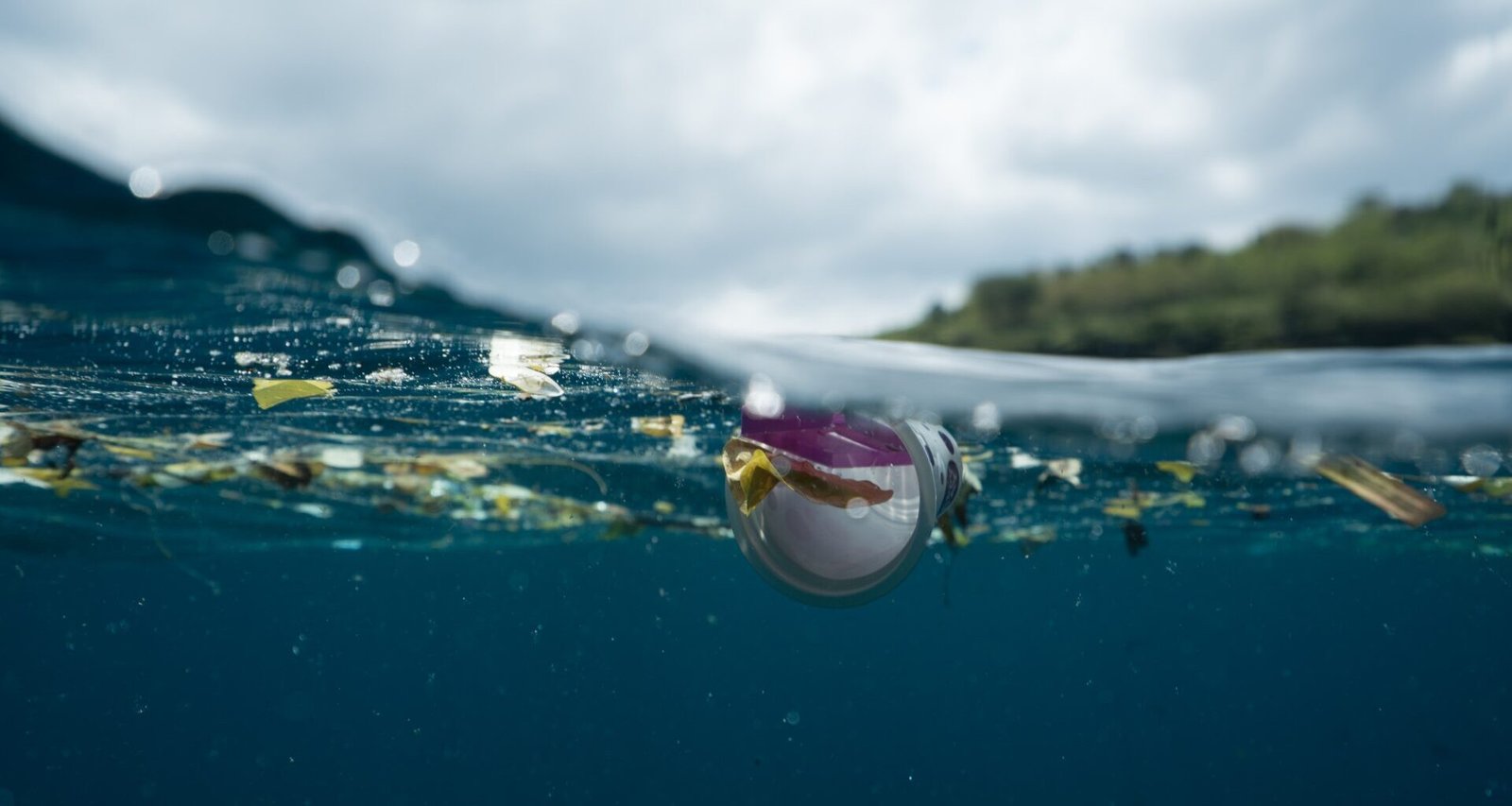Water is a precious resource that sustains life on Earth. However, our surface water, such as rivers, lakes, and oceans, is facing a growing threat – water pollution. It is essential for us to understand the causes and effects of water pollution and take proactive measures to prevent it. In this comprehensive guide, we will explore different strategies and actions that can help protect our surface water from contamination and preserve the health of our ecosystems.

Understanding Surface Water Pollution
Surface water pollution refers to the contamination of water bodies above ground, including rivers, lakes, and oceans. This type of pollution occurs when pollutants, such as chemicals, waste, and microplastics, enter these water sources and disrupt their natural balance. The sources of pollution can vary, ranging from industrial activities and agricultural practices to improper waste disposal and sewage leaks.
The consequences of surface water pollution are far-reaching and impact both the environment and human health. Contaminated water can lead to the degradation of ecosystems, harming aquatic life and disrupting the food chain. Moreover, when humans come into contact with polluted water through consumption or recreational activities like swimming, it can result in serious health issues, including waterborne diseases.
Causes of Surface Water Pollution
To effectively prevent surface water pollution, we must first understand its root causes. By addressing these causes, we can minimize the amount of pollutants entering our water sources. Here are some of the primary contributors to surface water pollution:
1. Agricultural Runoff
- One significant source of surface water pollution is agricultural runoff. When farmers use fertilizers and pesticides on their crops, rainwater can wash away these chemicals and carry them into nearby water bodies. Excessive levels of nutrients, such as nitrogen and phosphorus, can lead to harmful algal blooms, depleting oxygen levels and causing harm to aquatic life.
2. Industrial Discharges
- Industries can also contribute to surface water pollution through their discharges. Wastewater containing various chemicals, heavy metals, and other contaminants may be improperly treated or directly released into water bodies. These pollutants can have detrimental effects on aquatic ecosystems and pose risks to human health.
3. Improper Waste Disposal
- Improper waste disposal, both residential and commercial, is a significant contributor to surface water pollution. When trash and hazardous materials are not disposed of correctly, they can end up in rivers, lakes, and oceans, contaminating the water and endangering marine life.
4. Sewage Leaks and Malfunctioning Systems
- Sewage leaks and malfunctioning wastewater treatment systems can release untreated or partially treated sewage into surface water. This can introduce harmful pathogens and bacteria, posing significant health risks to both humans and wildlife.
Effects of Surface Water Pollution
The effects of surface water pollution can be devastating for both the environment and human populations. Let’s take a closer look at the consequences of polluted surface water:
1. Ecosystem Degradation
- Surface water pollution disrupts the delicate balance of aquatic ecosystems. High levels of pollutants can lead to the death of fish, plants, and other aquatic organisms, resulting in a decline in biodiversity. The loss of key species can have cascading effects throughout the food web, impacting the overall health and functioning of the ecosystem.
2. Waterborne Diseases
- Contaminated surface water is a breeding ground for waterborne diseases. Pathogens, such as bacteria, viruses, and parasites, can thrive in polluted water and pose a significant risk to human health. Consuming or coming into contact with contaminated water can lead to illnesses like giardia, typhoid, and hepatitis.
3. Economic Impact
- Surface water pollution can have severe economic implications. Contaminated water sources can render fisheries and aquaculture operations nonviable, leading to job losses and economic decline in coastal communities. Additionally, the cost of treating polluted water for human consumption and industrial use can place a significant burden on local governments and communities.
Preventing Surface Water Pollution
Preventing surface water pollution requires a collective effort from individuals, communities, industries, and governments. By implementing the following strategies, we can make a meaningful impact in preserving the quality of our surface water:
1. Conservation and Responsible Water Use
- Conserving water and using it responsibly is crucial for preventing pollution and preserving water resources. Simple actions like turning off the tap while brushing your teeth, fixing leaky faucets, and using water-efficient appliances can significantly reduce water waste. By conserving water, we can also alleviate the strain on treatment facilities, reducing the risk of pollution from overloaded systems.
2. Proper Waste Management
- Proper waste management is essential for preventing surface water pollution. Individuals should practice recycling, composting, and responsible disposal of hazardous materials. Communities should establish comprehensive waste management systems, including recycling programs and hazardous waste collection centers. By reducing the amount of waste that ends up in landfills or water bodies, we can minimize the risk of contamination.
3. Sustainable Agriculture Practices
- Farmers play a crucial role in preventing agricultural runoff and minimizing the impact of farming activities on surface water. Implementing sustainable agriculture practices, such as precision farming, crop rotation, and the use of natural fertilizers, can help reduce the amount of pollutants reaching water bodies. Additionally, creating buffer zones and vegetative strips along waterways can effectively filter out potential contaminants.
4. Strict Industrial Regulations
- Industries must adhere to strict regulations and standards to prevent the release of pollutants into surface water. Proper treatment of wastewater and the use of advanced filtration and purification technologies can significantly reduce the risk of contamination. Regular monitoring and inspection of industrial facilities are necessary to ensure compliance with environmental regulations.
5. Enhanced Sewage Infrastructure
- Investing in robust sewage infrastructure is crucial for preventing sewage-related pollution. Proper maintenance and timely repairs of sewage systems can prevent leaks and minimize the risk of untreated sewage entering surface water. Upgrading treatment facilities with advanced technologies can improve the quality of treated wastewater, reducing the potential for pollution. Additionally, investing in advanced treatment technologies can help ensure that wastewater is effectively treated before being discharged.
6. Education and Awareness
- Raising awareness about the importance of preventing surface water pollution is key to driving behavioral change. Educating the public about the impacts of pollution and providing guidance on sustainable practices can empower individuals to make informed choices. Schools, community organizations, and government agencies should collaborate to promote environmental education programs and initiatives.
The Role of Legislation and Enforcement
Effective legislation and enforcement are vital for preventing surface water pollution. Governments should establish and enforce stringent regulations on pollution control, waste management, and industrial practices. Regular monitoring and inspections should be conducted to ensure compliance, and strict penalties should be imposed on violators. Moreover, governments should invest in research and development to identify emerging pollutants and implement appropriate regulations to mitigate their impact on surface water.
Conclusion
Preventing surface water pollution is a critical task that requires collective action and commitment. By understanding the causes and effects of pollution, implementing sustainable practices, and advocating for effective legislation, we can safeguard our surface water sources for future generations. Remember, every small action counts, and together we can make a significant difference in preserving the health and vitality of our surface water ecosystems. Let’s protect our water, protect our planet.








